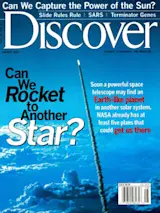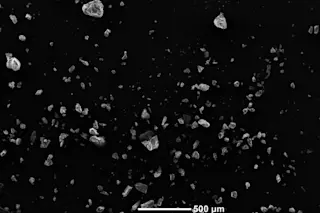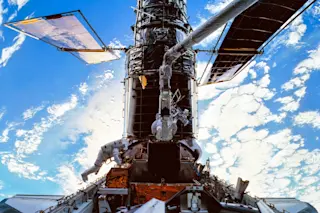In just the last eight years, astronomers have discovered a bewildering variety of worlds around other stars: planets so hot they vaporize like comets, planets so large they nearly shine like stars, twin planets that orbit their star in lockstep rhythm. What we have not found is a planet remotely like our own—our instruments aren't sensitive enough. That should change soon. About 10 years from now, NASA plans to launch a mission called Terrestrial Planet Finder, a space telescope specifically designed to detect another Earth. The odds are good that a survey of 150 or so nearby stars will reveal at least one small, Earth-like planet. A sister Earth would not look like much at first, just a faint speck of light nearly lost in the glare of its nearby star. Still, a speck of light is all we need to analyze the mass, temperature, and composition of the new ...
Star Trek
NASA thinks we can find another Earth in another nearby star. When we do, how can we possibly travel light-years to get there? It might not be as hard as you'd think . . .
More on Discover
Stay Curious
SubscribeTo The Magazine
Save up to 40% off the cover price when you subscribe to Discover magazine.
Subscribe













